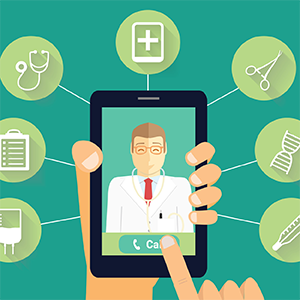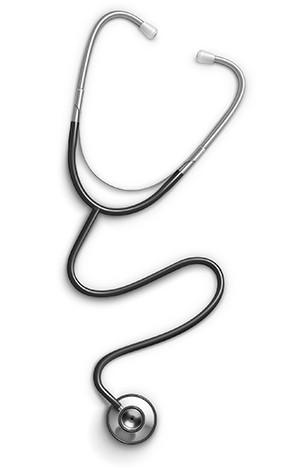

When you’re sick, waiting for that appointment is an added pain. And then when you’re finally inside, you have to narrate
your entire medical history before being diagnosed. Before you get your tissues in a twist, consider an advance in medical
technology that could make your check-up less tiresome.
Telemedicine uses medical information that’s exchanged electronically between medical sites. It’s used to improve, maintain
or assist with your health status, to make medical processes like a diagnosis more efficient.
Patient portals or electronic files connect your doctor to a secure electronic medical database online. These files are used to help check your health status either remotely by using technology, or face-to-face with your doctor.
Types of telemedicine
There a few types of telemedicine. Each is used with different forms of technology.
Remote patient monitoring (RPM) is a collection of your personal health and medical data as a patient. When needed,
this data is electronically transferred to a doctor, nurse or physician to monitor your health. For example, it can be used
to monitor the health of elderly people who might struggle to make their way to a hospital for a check-up.
Live video-conferencing is a two-way, live interaction between a patient and doctor using audio-visual telecommunications
technology (e.g. a webcam). It’s usually used to treat common illnesses and help doctors decide on treatment methods.
Mobile health (MHealth) uses devices like Smartphones, tablets and computers. Software applications on these devices
provide healthcare information and tools. For example, it could keep track of your high blood pressure and sugar levels.
Store-and-Forward is the transmission of your recorded medical history through electronic communication systems to a
healthcare provider. This is usually used to share information between doctors and other healthcare providers.
Pros of telemedicine
- Telemedicine services allow your doctors access to medical information that you might not readily have at
appointments or for remote situations. - Helps remote patients access clinical services easily.
- Remote out of way hospitals can also provide emergency services.
- It reduces medical costs by providing home monitoring systems.

Good to know
- Certain illnesses cannot be diagnosed with telemedicine. You’d need a physical assessment.
- Shuffling between service providers may increase the risk that a doctor won’t know your history or have notes about care routines.
- Technical problems could lead to mismanagement of patients and medical records.
- Some people may prefer a personal touch and telemedicine rarely provides this as it mainly uses devices.





 Publications
Publications
 Partners
Partners














